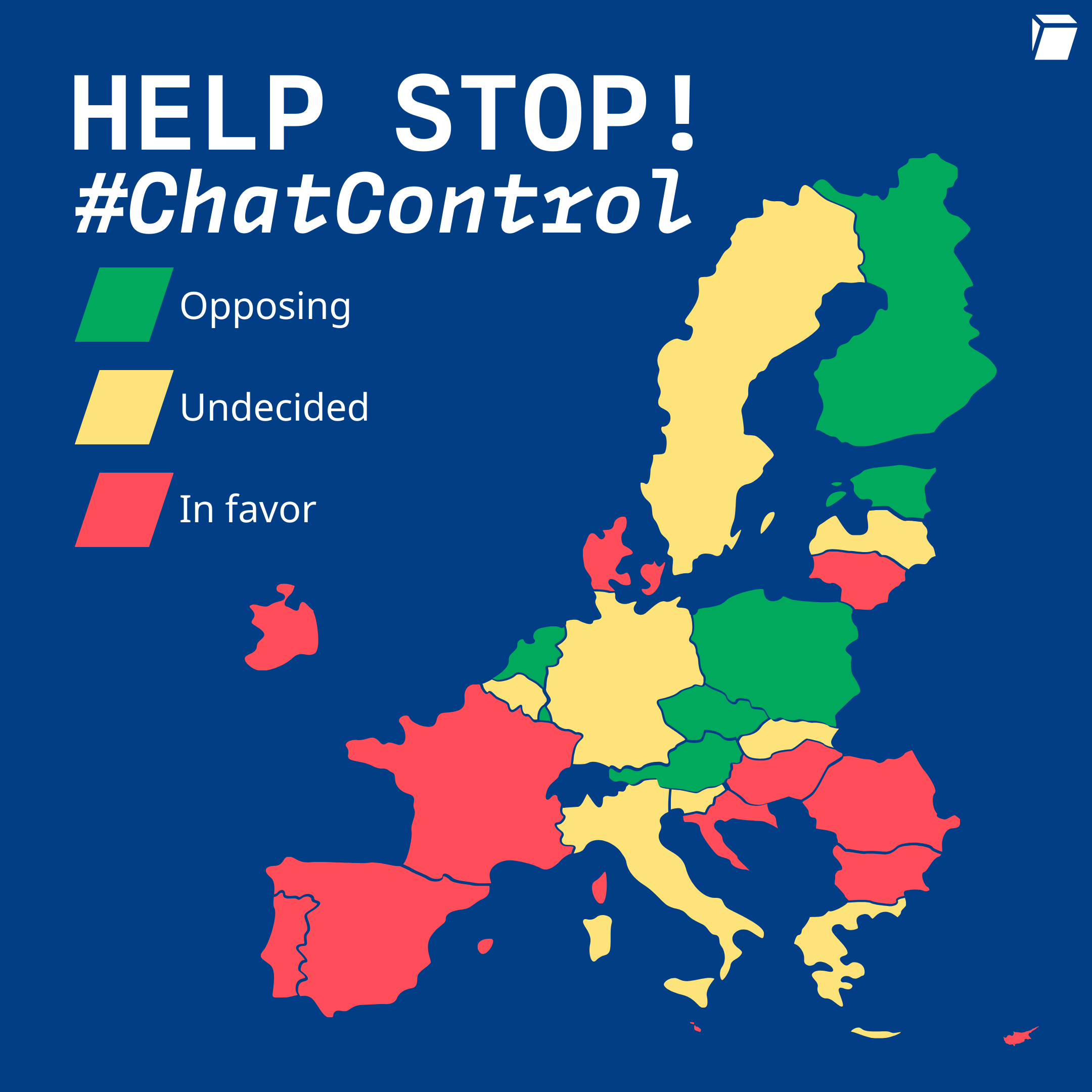EU Countries Map for Chat Control Regulation


Alex Cartwright
Senior Cartographer & GIS Specialist
Alex Cartwright is a renowned cartographer and geographic information systems specialist with over 15 years of experience in spatial analysis and data...
Geographic Analysis
What This Map Shows
The "EU Countries Map for Chat Control Regulation" provides a visual representation of the European Union member states and their respective stances on proposed regulations aimed at enhancing online chat control. This map highlights which countries are in favor of stricter regulations, which are against them, and those that remain undecided. The visualization is particularly relevant as it encapsulates the ongoing debate surrounding digital privacy and security within the EU, illustrating the varying degrees of support for government oversight of online communications.
Deep Dive into Chat Control Regulation
Chat control regulation refers to legislative measures proposed by the European Union that aim to monitor and potentially regulate online communications, particularly through messaging apps and platforms. The primary objective of these regulations is to combat illegal content, such as child exploitation, hate speech, and terrorism-related material, while balancing the need for individual privacy rights.
Interestingly, the push for chat control comes amid rising concerns over digital safety, especially with the increasing prevalence of encrypted messaging services like WhatsApp and Signal. These platforms provide users with a higher level of privacy, which, while beneficial for personal security, can also hinder law enforcement's ability to track and prevent illegal activities. The EU's approach seeks to establish guidelines that would allow for some level of oversight without completely compromising user privacy.
The proposed regulations have sparked significant debate across the EU, with some nations advocating for stricter measures and others warning against encroachments on personal freedoms. For instance, countries like Germany and France have shown support for increased monitoring capabilities, arguing that they are necessary to protect vulnerable populations. On the other hand, nations such as Sweden and the Netherlands have raised concerns about the potential for overreach and the erosion of civil liberties.
The technical aspects of chat control regulation often revolve around the use of artificial intelligence (AI) and automated systems to detect harmful content. However, the implementation of such technology raises questions about accuracy and the potential for misidentifying benign messages as harmful. Furthermore, there are concerns about the financial and operational burdens these regulations would impose on smaller tech companies, leading to a chilling effect on innovation.
Regional Analysis
When examining the EU countries map, we can see a clear division in opinions on chat control regulations. In southern Europe, countries like Italy and Spain are generally more supportive of regulations, reflecting a robust governmental approach to online safety. Conversely, the Nordic countries, known for their strong emphasis on personal freedoms and privacy rights, exhibit significant resistance to such measures. For example, Finland has expressed skepticism about the effectiveness of monitoring, advocating instead for education and community-based solutions to online safety.
In Eastern Europe, the landscape is even more complex. Countries such as Hungary have been more amenable to government oversight in various sectors, including digital communications, reflecting a political climate that favors state intervention. Meanwhile, nations like Poland are caught in a tug-of-war between EU directives and local political agendas, leading to inconsistencies in how chat control regulations may be received.
What’s fascinating is the cultural context behind these differing stances. Countries with a history of governmental transparency and civil rights movements tend to be more cautious about regulations that could infringe on privacy. Meanwhile, those with a more centralized governance structure may prioritize state security over individual rights.
Significance and Impact
The topic of chat control regulation is not just a matter of policy; it has real-world implications for millions of people across Europe. The digital landscape is evolving rapidly, and governments are grappling with the challenge of keeping citizens safe without compromising their rights. This balance is crucial as we move further into an era where online communication is fundamental to social interaction.
Moreover, the debate around chat control reflects broader societal concerns about data privacy, surveillance, and the role of technology in our lives. As more people express concern over how their data is used, the outcomes of these discussions will likely set precedents for future legislation not just in Europe, but globally.
Looking ahead, the future of chat control regulation in the EU remains uncertain. With technology advancing at a breakneck pace, policymakers will need to stay ahead of the curve, finding solutions that protect individuals while ensuring that law enforcement can effectively address online threats. As this issue progresses, it will be interesting to see how public opinion shapes these regulations and what compromises may emerge between safety and privacy.
Visualization Details
- Published
- September 29, 2025
- Views
- 70
Comments
Loading comments...